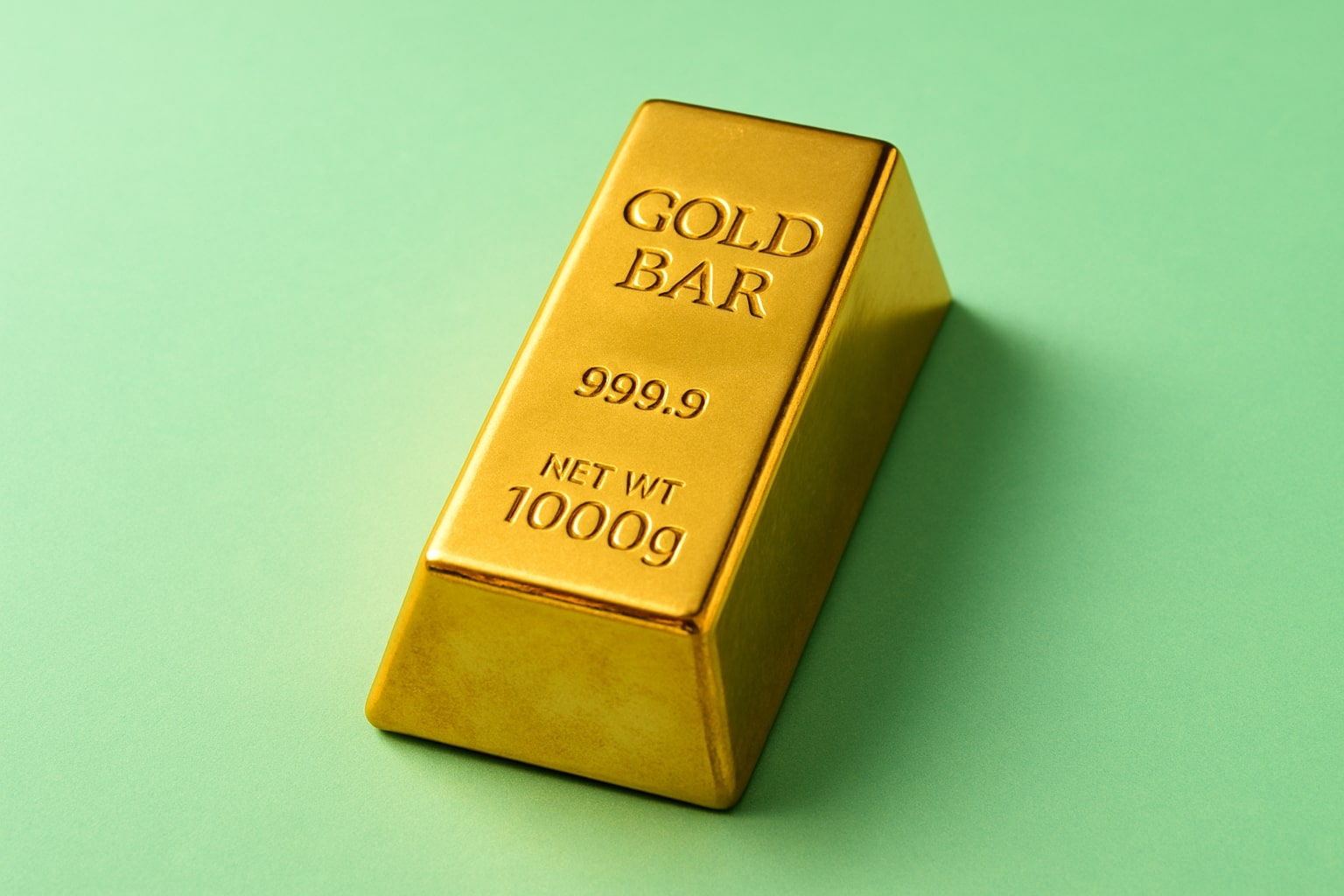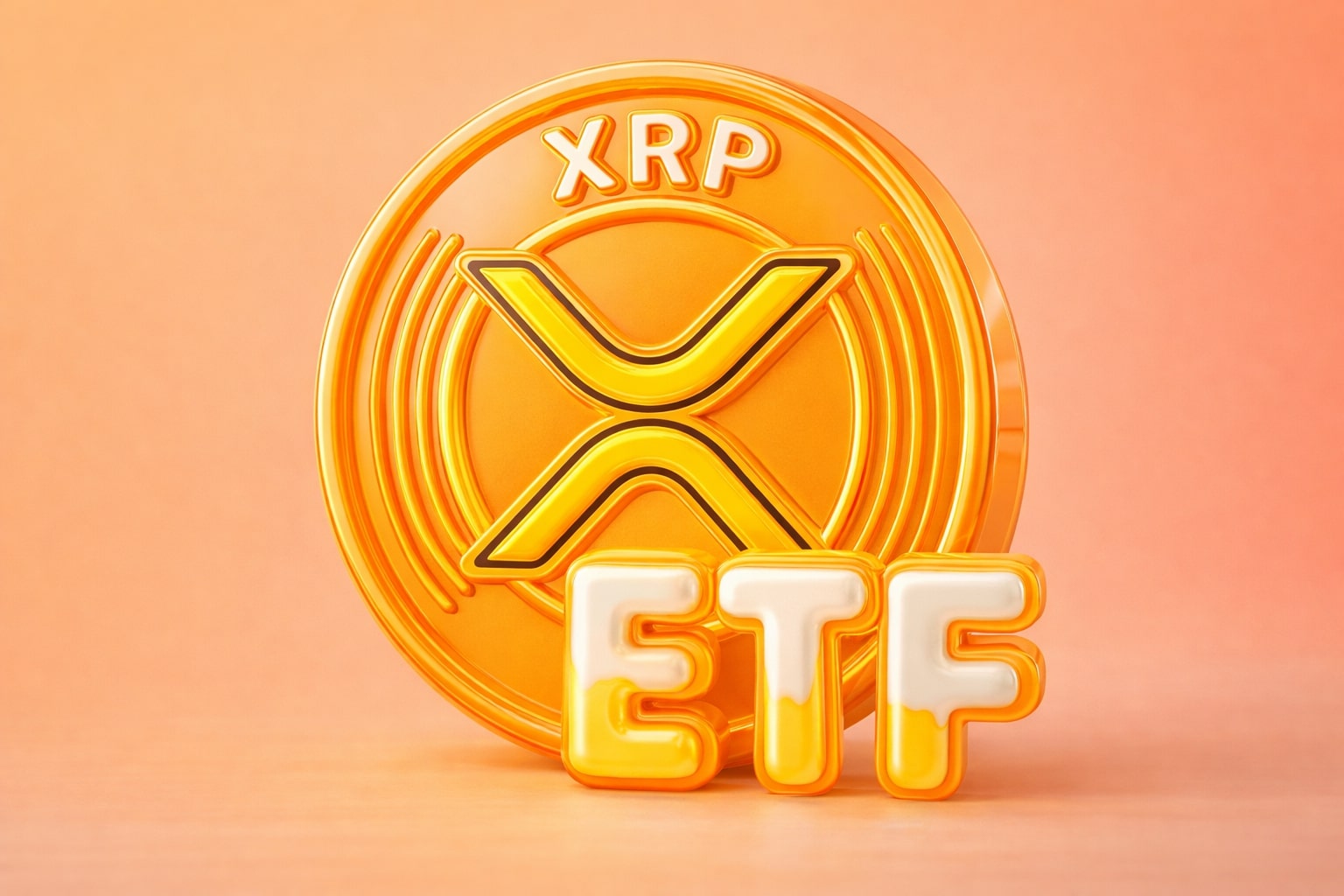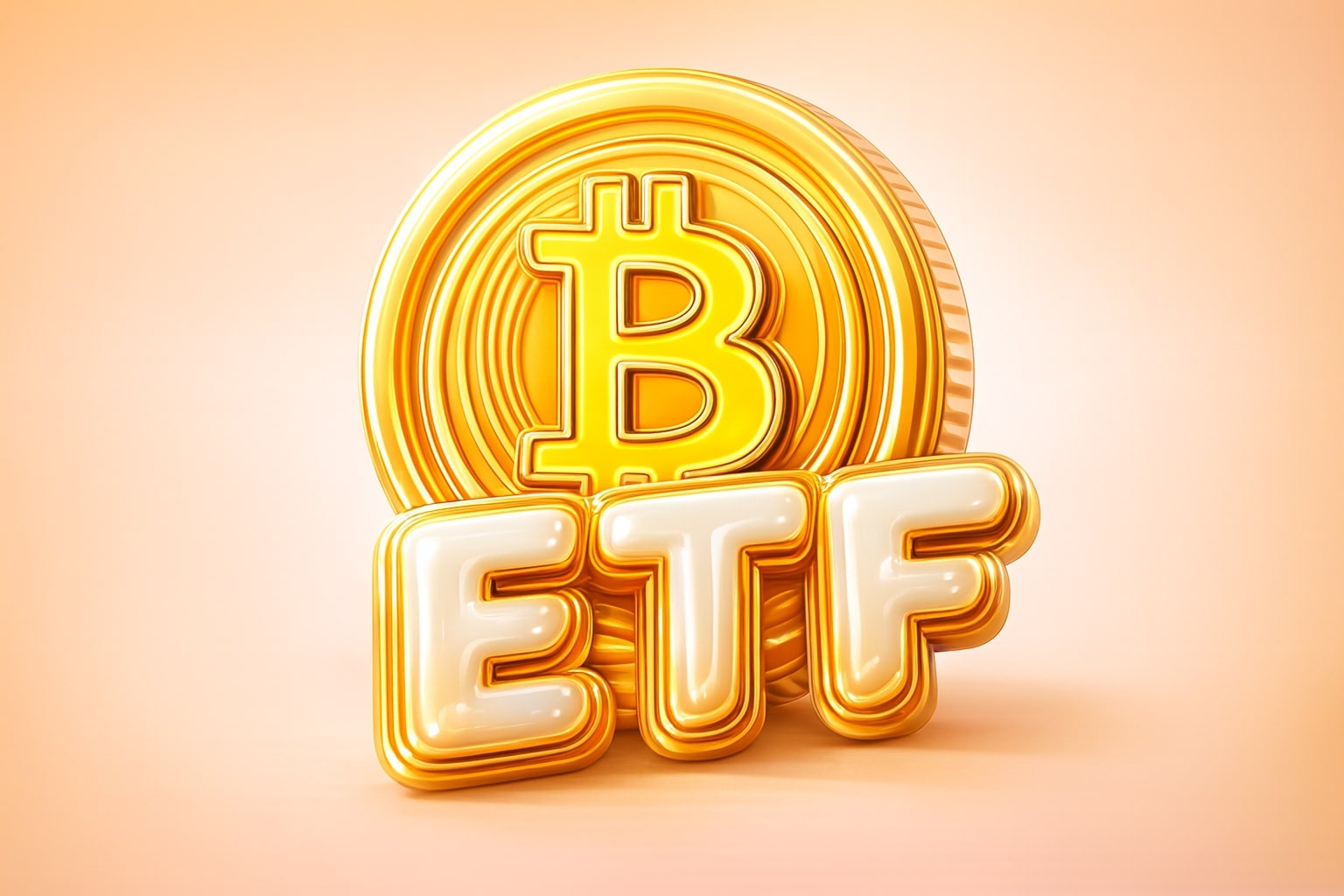XAU/USD Retreats From $3,453 as Bulls Struggle to Hold Momentum Into Fed Decision
Gold prices came under pressure Monday after tapping an intraday high near $3,453 before retreating to $3,416.48 by midday in New York, snapping a three-day rally and exposing weakness just beneath April’s record high of $3,500. XAU/USD futures opened the week at $3,473, marking a 1.2% jump from Friday’s close at $3,431.20, but failed to sustain the momentum as traders moved into profit-taking mode ahead of Wednesday’s critical FOMC announcement. Despite the pullback, gold is still up 7.6% month-over-month and a stunning 50.5% year-over-year, with the June 2024 price resting at just $2,307.
Middle East Escalation Fails to Sustain Gold Bid as Risk Appetite Returns
The violent exchange between Israel and Iran, including missile strikes on Tel Aviv and Haifa, briefly lifted gold into safe-haven demand territory. However, markets quickly reversed as U.S. equity futures pushed higher and oil prices stabilized, indicating investors see the conflict as containable—at least for now. The Group of Seven summit and upcoming Fed decision are keeping hedging flows in gold contained. Traders expecting immediate chaos bid XAU/USD higher early, but the market pulled back once broader assets like the S&P 500 and crude oil failed to confirm deeper systemic risk. Analysts note that if geopolitical risk were genuinely overwhelming, Brent crude would already be breaking $100, which it hasn’t.
XAU/USD Faces Mixed Signals From Fed Policy Path as Inflation Softens
With the Fed widely expected to hold rates steady, the focus turns to the tone of Wednesday’s policy statement. The CME FedWatch tool shows odds skewed toward no change, but traders are watching the updated dot plot closely for any sign of a dovish pivot. While softer inflation and weak CPI figures support easing later this year, conflicting data and tariff uncertainty may keep the Fed on hold. A dovish surprise could reignite gold’s rally toward $3,500, but hawkish signals would likely reinforce resistance at the same level and push XAU/USD toward $3,360 or even $3,300—the next major support backed by the 50-day EMA.
China's Gold ETFs Flip to Outflows as RMB Strengthens and Risk Appetite Rises
Chinese gold ETFs saw their first monthly net outflows since January, with May redemptions totaling RMB 3.3 billion ($461 million). That drawdown cut assets under management to RMB 153 billion ($21 billion), with total holdings falling 4.6 tonnes to 198 tonnes. This shift was triggered by three major drivers: a stronger RMB reducing the local appeal of gold, improved sentiment following a temporary U.S.–China tariff truce, and weaker near-term gold momentum following April’s peak. Despite the May setback, year-to-date Chinese ETF inflows remain robust, with total net additions of 84 tonnes and fresh capital of RMB 63 billion ($8.6 billion), an all-time high for the first five months of any year.
People’s Bank of China Adds to Gold Reserves for Seventh Straight Month
China's central bank continued its aggressive gold accumulation campaign, adding 1.9 tonnes in May to bring total official holdings to 2,296 tonnes. This now represents 6.7% of China’s total foreign exchange reserves, or approximately $242 billion in value. The monthly addition was modest, but consistent with a broader de-dollarization theme as global central banks seek refuge from currency volatility and geopolitical instability. So far in 2025, the PBoC has accumulated 16.8 tonnes, reaffirming that gold remains a key pillar of China's reserve strategy amid uncertain global capital flows.
Wholesale Gold Demand Softens as Jewelry Sales Lag and Seasonal Restocking Declines
Withdrawals from the Shanghai Gold Exchange dropped sharply in May, falling 35% month-over-month to 99 tonnes. This seasonal dip reflects the traditional Q2 slowdown in jewelry demand and manufacturer restocking, but was compounded this year by high prices and fading momentum. Although withdrawals were up 21% from the extremely weak base of May 2024, they still lag the 10-year average. Jewelry demand continues to suffer from elevated gold prices and cautious consumer sentiment, making it unlikely that wholesale flows will rebound meaningfully until late Q3 unless prices stabilize or retrace.
Gold Futures Volume Falls 27% in May but Remains Above Five-Year Average
Trading activity in SHFE gold futures cooled last month, with average daily volume dropping to 628 tonnes, a 27% monthly decline. Despite the slowdown, May volumes remained well above the five-year average of 216 tonnes per day, reflecting sustained institutional participation even as momentum faded. Volatility indicators also eased, contributing to lower ETF interest and reduced speculative appetite. Nonetheless, the structural bid in gold remains intact due to macro forces such as Fed policy ambiguity, global recession fears, and central bank diversification.
Gold Price Technicals: All Eyes on the $3,500 Breakout or $3,360 Breakdown
From a technical lens, XAU/USD is wedged between massive levels. Bulls want to see a clean break above $3,453 and then a surge through the psychologically crucial $3,500 barrier, which also coincides with the top of an ascending trend channel. That breakout could activate a measured move target near $3,800. On the flip side, any sustained move below $3,400—especially a daily close under $3,360—would crack the lower boundary of that same channel and open the door to $3,300 and possibly $3,250. The Relative Strength Index is neutral, oscillating around 50, while momentum indicators are beginning to tilt sideways, reflecting market indecision heading into the FOMC event.
XAU/USD Long-Term Trajectory Still Bullish Despite Near-Term Headwinds
Gold has gained 17% year-to-date in USD terms, with the LBMA Gold Price PM up sharply through April before cooling in May. In RMB terms, the SHAUPM has returned 23% YTD, though it also pulled back last month due to local currency strength. Both benchmarks remain well above historical averages, and while ETF momentum slowed and futures activity pulled back, the underlying macro case for gold remains unchanged. With central banks adding to reserves, Fed policy in flux, and global trade tensions simmering beneath the surface, gold continues to behave like the dominant hedge asset of the 2020s.




















